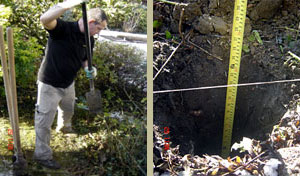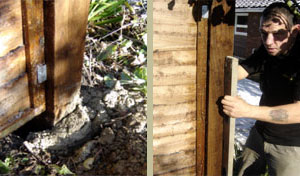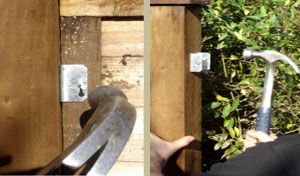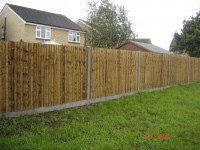 Every so often, customers asking fencing questions on the position, height, way of facing and boundary issues approach us; recently a lady called to ask if her neighbour was in the right by facing the raw fence panels to her land and the attractive smooth side to their own. An Internet resource provided by Jon Maynard Boundaries Ltd gives excellent advice in these matters and in this case:
Every so often, customers asking fencing questions on the position, height, way of facing and boundary issues approach us; recently a lady called to ask if her neighbour was in the right by facing the raw fence panels to her land and the attractive smooth side to their own. An Internet resource provided by Jon Maynard Boundaries Ltd gives excellent advice in these matters and in this case:
There is no law that says the smooth side of the fence should face the neighbour.
If your neighbour pays for a fence that he erects on his own land (even if he builds the fence so that the outer face of it, as seen from his land, runs along the boundary) then he is entitled to choose the style and colour of the fence, as well as whether he places the smooth side of the fence to face in towards his own house or out to face your house.
Did you know there is no obligation in law to fence the boundaries of one’s land, except for Safety and there are specific laws relating to the railways, mines and quarries, Highways and animals but do take note that a conveyance deed or a transfer deed may include a covenant requiring the purchaser to fence the land and for him or his successors in title to forever maintain the fence.
A wise householder will fence his land, either for the protection of his own children, or, to prevent his pet animals from straying.
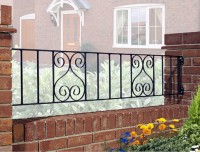
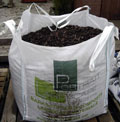
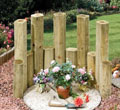
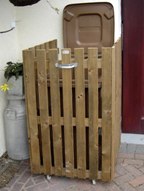
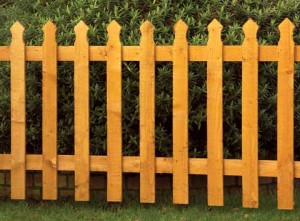 Well, we at Jarrett Fencing are well rested after three bank holidays and now summer appears to be here and it is time to ensure our gardens are tidy, to introduce colour and to ensure our garden privacy.
Well, we at Jarrett Fencing are well rested after three bank holidays and now summer appears to be here and it is time to ensure our gardens are tidy, to introduce colour and to ensure our garden privacy.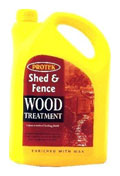
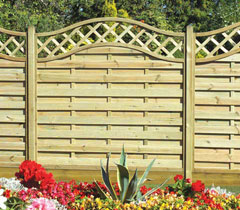 Our
Our 
